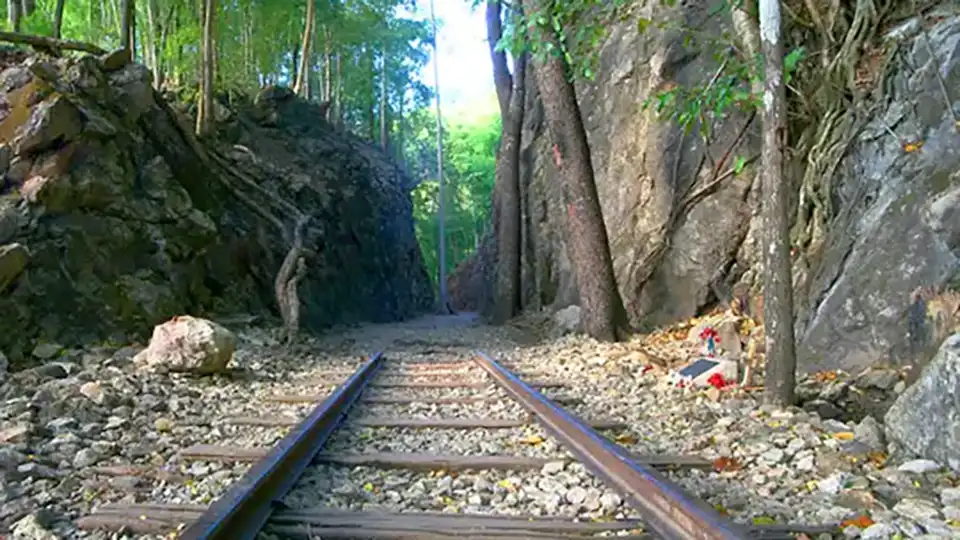The Death Railway: A Dark Chapter in WWII History
During World War II, Japanese forces planned to build a railway connecting their conquered territories. This ambitious project would link Singapore and present-day Myanmar through Thailand. Therefore, troops and weapons could move quickly through dense jungle terrain.
Construction began in 1942 with more than 100,000 prisoners of war from many different countries. However, the working conditions proved deadly. By the time work finally stopped, tens of thousands of prisoners had lost their lives. Diseases such as malaria, typhoid, and cholera killed many workers. Consequently, this railway became known as the Death Railway.

Preserving History at Hellfire Pass Memorial Museum
Today, visitors can learn about this tragic history through real memories and items from the past. The Hellfire Pass Memorial Museum keeps these artifacts for public viewing. Moreover, this peaceful place serves as a final resting place where fallen soldiers lie in honor.
The museum houses rare photographs taken during construction along with many other historical items. These displays help visitors understand the harsh conditions workers faced. Additionally, the exhibits show the incredible human cost of this wartime project.
A Moving Experience for Modern Visitors
The Hellfire Pass Memorial Museum stands as a must-see destination for anyone interested in WWII history. Visitors often leave with mixed emotions after their experience. Many feel deep sorrow for the lost souls who suffered during construction. At the same time, people express wonder at learning about this important piece of Death Railway history.
The museum offers an exciting glimpse into how Thailand has grown from its difficult past. Furthermore, it shows the country’s journey toward hope for the future. This transformation from wartime tragedy to peaceful remembrance demonstrates the strength of the human spirit.
Visit this attraction on a private Bangkok to Kanchanaburi Day Trip.








